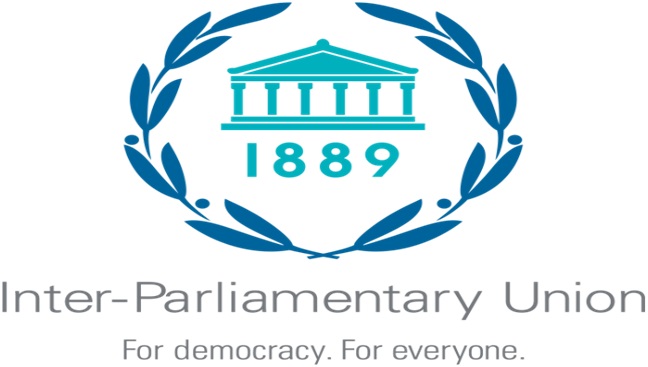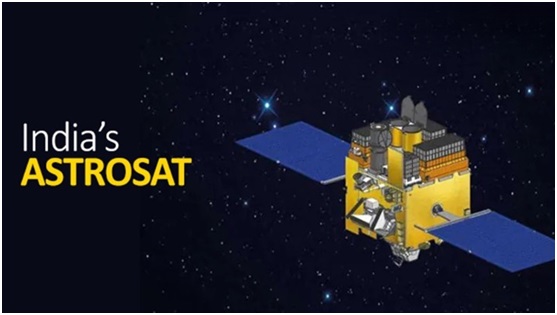RBI tweaks norms related to the Regulatory Sandbox scheme

- 29 Feb 2024
Why is it in the News?
The Reserve Bank recently tweaked guidelines for the Regulatory Sandbox (RS) scheme under which participating entities will have to comply with digital personal data protection norms.
About the Regulatory Sandbox Scheme:
- The Regulatory Sandbox scheme denotes a controlled regulatory environment where new products or services can undergo live testing.
- Functioning as a "safe space" for businesses, regulators may offer certain relaxations for testing purposes within this environment.
- It serves as a structured platform for regulators to engage with the industry and develop regulations that foster innovation and enable the delivery of cost-effective financial products.
- The scheme holds potential as a tool for creating dynamic regulatory environments that adapt to emerging technologies through evidence-based learning.
Objectives:
- Offering innovative technology-led entities an opportunity for limited-scale testing of new products or services, potentially involving regulatory relaxations before broader implementation.
- At its core, the Regulatory Sandbox is a formal program allowing market participants to test new products, services, or business models in live settings, under appropriate oversight.
- Proposed financial services under the scheme should leverage new or emerging technology to address consumer needs or offer benefits.
- The overarching goal is to promote responsible innovation in financial services, enhance efficiency, and deliver consumer benefits.
- The Reserve Bank of India (RBI) introduced the 'Enabling Framework for Regulatory Sandbox' in August 2019 after extensive consultations.
- The updated framework mandates compliance with the Digital Personal Data Protection Act of 2023 for sandbox entities.
- Furthermore, the timeline for various stages of the Regulatory Sandbox process has been extended from seven to nine months.
- Fintech companies, including startups, banks, financial institutions, and other entities providing support to financial services businesses, are among the target applicants for entry into the Regulatory Sandbox.
Royal Bengal Tiger spotted in Pangalokha Wildlife Sanctuary (PTI)

- 11 Dec 2023
Why is it in the News?
Recently a Royal Bengal Tiger was spotted in Pangalokha Wildlife Sanctuary in Sikkim at an altitude of 3,640 metres.
Context
- Royal Bengal Tiger has been sighted in the Pangalokha Wildlife Sanctuary in Sikkim roaming at an altitude of 3,640 meters.
- The Royal Bengal Tiger was captured by trap cameras of a team of the Bombay Natural History Society (BNHS) which is conducting a study in the sanctuary in collaboration with the Sikkim Forest Department.
- It was under a larger project called "Conservation and Use of Five Wetlands in three Himalayan States to Secure Habitats of Birds Migrating within the Central Asian Flyway (CAF)."
- This project was sanctioned under the National Mission on Himalayan Studies (NMHS), and aims to protect and conserve wetland sites in Ladakh, Himachal Pradesh, and Sikkim.
About Pangalokha Wildlife Sanctuary:
- The Pangalokha Wildlife Sanctuary is located at the tri-junction of Sikkim, Bengal and Bhutan and is spread over 128 square kilometres.
- The sanctuary is strategically located in the East Sikkim district, connecting the forests of Bhutan and the Neora Valley National Park in West Bengal.
- It is the largest wildlife sanctuary in Sikkim.
- Vegetation: The Sanctuary has typical alpine-temperate-subtropical vegetation with high-altitude lakes around Jelep La.
- Flora: Rhododendron, Silver Fir, Juniper forest and associated ground flora, moss-filled oak forests with dense bamboo thickets etc.
- Fauna: It is home to various species, including red pandas, snow leopards, Himalayan musk deer, Himalayan goral, and Himalayan black bears.
Vice President Interacted With Inter-Parliamentary Union (IPU) President During P20 Summit (PTI)

- 14 Oct 2023
Why in the News?
Vice President Jagdeep Dhankhar recently hosted a lunch for heads of parliamentary delegations attending the G20 Parliamentary Speakers' Summit (P20) and also interacted with Inter-Parliamentary Union (IPU) President Duarte Pacheco.
About the Inter-Parliamentary Union (IPU):
- Established in 1889 in Paris, the Inter-Parliamentary Union (IPU) is the international organization of Parliaments, dedicated to promoting representative democracy and world peace.
- It serves as the first multilateral political organization globally, fostering cooperation and dialogue among all nations.
- Mission and Slogan: The IPU's mission revolves around parliamentary diplomacy, empowering parliaments, and parliamentarians to advance peace, democracy, and sustainable development worldwide.
- Its slogan, "For democracy. For everyone," encapsulates its commitment to democratic values.
- Membership and Promotion of Democracy: Currently comprising 179 member parliaments and 13 associate members, the IPU actively promotes democracy by strengthening parliaments, and fostering youth inclusion, gender balance, and diversity.
- A dedicated committee defends the human rights of parliamentarians globally.
- Headquarters and Funding: The IPU relocated its headquarters to Geneva in 1921.
- Financed primarily by its members using public funds, the organization sustains its operations and initiatives.
Organizational Structure:
- IPU Assembly: Principal statutory body expressing IPU views on political issues.
- Gathers parliamentarians to study international problems and make actionable recommendations.
- Governing Council: Plenary policymaking body composed of three representatives from each member parliament.
- Establishes the IPU's annual program, and budget, and considers substantive issues.
- Executive Committees: A 17-member body overseeing IPU administration and advising the Governing Council.
- Fifteen members elected by the Council for a four-year term.
- Standing Committees: Three committees set up by the Governing Council to assist the Assembly in its work.
- Meeting of Women Parliamentarians: A separate organ meeting during the first round of Statutory Meetings, reporting to the Governing Council.
- Attended by parliamentarians of both sexes, focusing on specific substantive items for debate within the Assembly's competence.
ISRO's AstroSat (PTI)

- 28 Nov 2023
Why is it in the News?
India's AstroSat space telescope has achieved a significant milestone by detecting more than 600 Gamma-Ray Burst (GRB), each marking the death of a massive star or merging of neutron stars.
About ISRO’s AstroSat:
- AstroSat is the first dedicated Indian astronomy mission aimed at studying celestial sources in X-ray, optical, and UV spectral bands simultaneously.
- One of the unique features of the AstroSat mission is that it enables the simultaneous multi-wavelength observations of various astronomical objects with a single satellite.
- AstroSat, with a lift-off mass of 1515 kg, was launched by the Indian launch vehicle PSLV from Satish Dhawan Space Centre, Sriharikota, on September 28, 2015, into a 650 km orbit inclined at an angle of 6 degrees to the equator.
- The minimum useful life of the AstroSat mission is expected to be 5 years.
- It carried a total of five scientific payloads, enabling imaging and studying the temporal and spectral properties of galactic and extra-galactic cosmic sources in a wide range of wavelengths on a common platform.
- The scientific objectives of AstroSat’s mission are:
- To understand high energy processes in binary star systems containing neutron stars and black holes.
- Estimate magnetic fields of neutron stars.
- Study star birth regions and high energy processes in star systems lying beyond our galaxy.
- Detect new briefly bright X-ray sources in the sky.
- Perform a limited deep-field survey of the Universe in the Ultraviolet region.
- At present, all the payloads are operational and are observing the cosmic sources.
